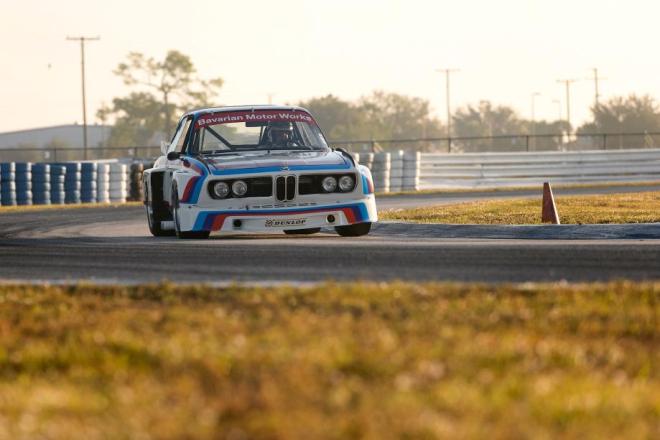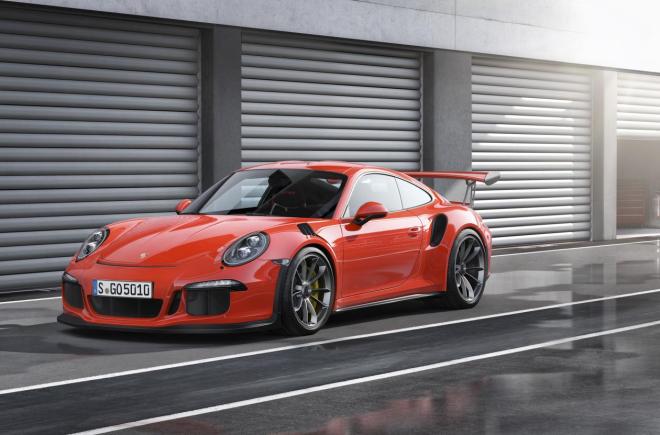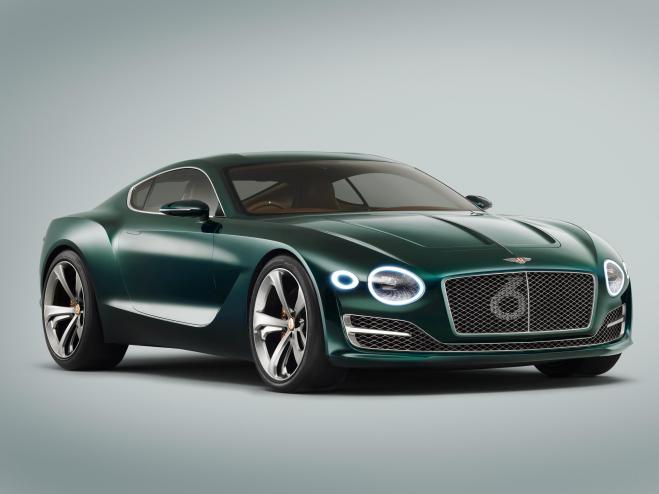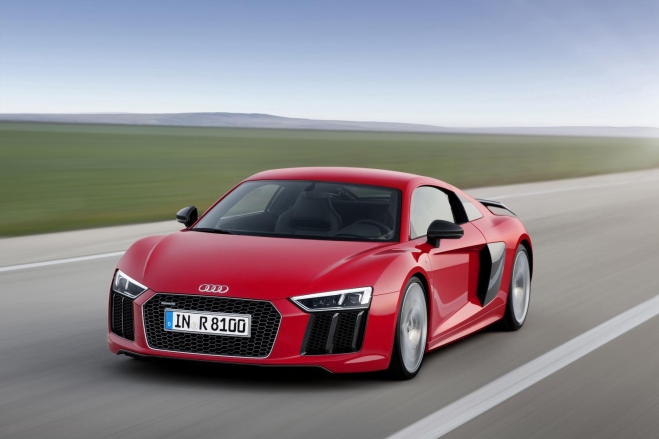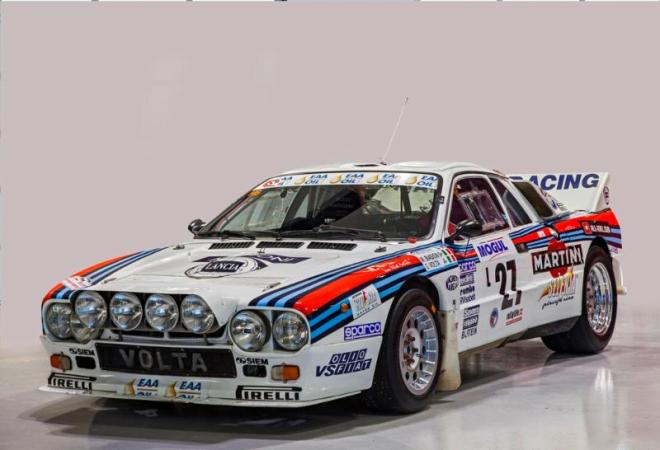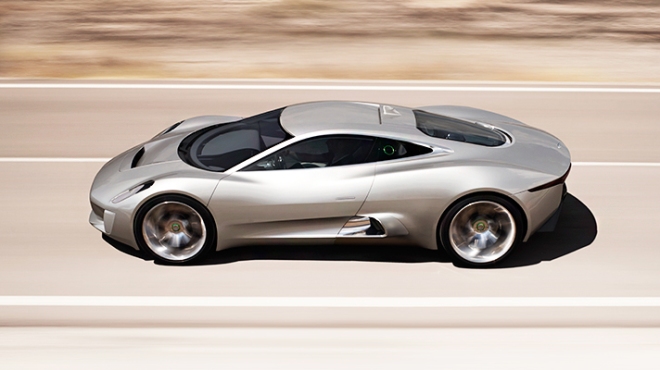If you’ve watched or participated in any of the /DRIVE eBay challenges on YouTube, you know how this works. In this case, your Petrolhead Godmother just plopped $2,000,000 USD in your lap to spend as you like at this weekend’s auctions during the Amelia Island Concours d”Elegance. Using the auction companies’ HIGH estimates, pick one or pick several cars (no motorbikes or automobilia) that you would like to haul home. We’ll get started:
From Bonhams – Thursday, March 12
Lot 118 — 1962 Austin Healey 3000 MK II BT7 2+2
Estimate $50,000-$60,000
UPDATE: SOLD FOR $51,700 including premium

In recent years, Big Healeys have gone through a bit of a downturn after a sharp rise in the mid- to late-2000s. Within the last year or so, the market has caught up. It appears now to have made the corrections and adjustments such that they’re realistically priced, vis à vis a Series 1 E-Type on one end of the spectrum and say an MGB at the other. Among the Austin Healey 3000 MKs, many find the middle-gen MK II the most appealing, particularly in the 2+2 BT7 configuration. The MK II had the shortest production run and was an ideal bridge between the rawness of the MK I’s triple carburetors, along with a classic oval dash, and the MK III’s refinements (roll-up windows and a wraparound windscreen). This example radiates its British Roadster-ness, with the Old English White paint over Red interior. It is said to have had a thorough restoration in the late 2000s (just as the market flattened) and reports to be an excellent performer with a strong motor and 4-speed overdrive gearbox. Bonhams estimate of $50-60K is right on the money.
Lot 168 — 1912 Peerless Model 60 Runabout
Estimate $250,000-$350,000
UPDATE: SOLD FOR $440,000 including premium

It may be the type of car that we pursue only when someone dumps $2M in our laps (or we have a discretionary $350,000 laying around), but given such an event, a Peerless Runabout would certainly be one to go after. Among its superlatives are first to offer electric headlamps, first to offer an electric starter, and, in the case of the Model 60 presented here, most cubic inches ever stuffed under an American-made hood (824). The Peerless Model 60 was arguably the fastest thing on the road in the Brass Era. This example was resto-mod’ed in the ‘60s. In that process, some liberties were taken to improve the car’s drivability. These include a shortened chassis, as well as modified steering and brakes, along with coachwork enhancements that give it the Runabout appearance of a 45-hp Model 32 whilst retaining the 66-hp 13.5-liter lump. So while not original, it is a gorgeous representation of motoring’s earliest days and carries with it some notable provenance.
From Gooding and Company – Friday, March 13
Lot 021 — 1977 Ferrari 308 GTB Vetroresina
Estimate $175,000-$225,000
UPDATE SOLD FOR $192,500 including premium

Less than a decade ago, the predecessor of the iconic Ferrari 308 GTB, the 246 GT, wasn’t even considered a real Ferrari, with its “entry-level” Dino badging. Ever since, many of us have sat by helpless as their values have increased ten-fold in that time. As those at the very highest echelons of automotive investing have often pondered what the next 250 GTO might be (the answer: the 250 GTO is the next 250 GTO), the broader masses are wondering whether the 308 will follow its progenitor toward the half-million dollar mark. This isn’t a science and there are no formulas and even less guarantees, but it does stand to reason. Specifically, the first to get there would likely be one of the early lightweight 308 GTBs, whose bodies were made of GRP fiberglass, or vetroresina. Only 712 were made before other weight savings allowed for steel bodies that were close to the Vetroresina’s overall weight. At last summer’s Silverstone Classic, a steel bodied, targa-roof, wet-sump 1979 308 GTS set a world record at £82,225 (around $124,500 USD). A much rarer glass GTB should do considerably better. Offered without Reserve.
Lot 24 — 1987 Lamborghini Contact 5000 QV
Estimate $425,000-$475,000
UPDATE: HIGH BID $375,000

With early examples of the Lamborghini LP 400 Countach “Periscopa” now fetching seven figures, logic would have it that later generations will follow suit, at least to some degree. The most likely candidate would be the 25th Anniversary editions of 1988, but on the heels of those would be the 48-valve Countach 5000 QV (quattrovalvole). Only 610 of these bulls were built. This one looks to be especially unique in its Pearl White finish and Ivory interior. Furthermore, most of them were ordered with the optional rear wing whereas the owner of this one (who owned it until 2014) opted to retain the original lines of the LP 400, complemented by swapping the gruesome US-mandated bumpers with the svelte ones it was designed to have. With a fresh service, it is described in “as new” mechanical condition. The quintessential bedroom poster car of the ’80s, this Countach might be a relative bargain at its high estimate of $475,000.
Lot 024 — 1976 Alpine A110
Estimate $100,000-$140,000
UPDATE: SOLD FOR $88,000 including premium

When the name Alpine is mentioned in automotive circles, the vast majority of people—at least those of us in the US—think of car stereos. Even among enthusiasts, many consider Alpine—the car—to be a Renault sports/GT. Alpine (pronounced AL-peen-UH), however was an independent manufacturer that outfitted their chassis and fiberglass bodies with, primarily, Renault drivetrains until being bought out by Renault in 1973. Shortly thereafter, Alpine Renault gained notoriety in motorsport by winning the inaugural World Rally Championship with a competition-spec A110. Although they never reached the same level of success in competition, the rally inspiration carried through until the end of the A110’s run in 1977 (replaced by the edgier A310). This included the French Racing Blue livery, racing seats and auxiliary lights. This example comes from its penultimate year and is equipped exactly as such. On a purely objective basis, the Alpine A110 can be seen as a poor man’s Porsche 911 2.7 Carrera RS. What it lacks in raw horsepower, it makes up for with its uniqueness and French charm. Okay, maybe not entirely but it is a lightweight rear-engined production car-turned motorsport-turned production car for about half the cost of the RS Carrera. And, should the Nissan GTR-based Alpine A110-50 come to be, there could be a new appreciation for a distinguished brand. Offered without Reserve.
Lot 034 — 1934 Packard Eight 1101 Coupé Roadster
Estimate $180,000-$220,000
UPDATE: SOLD FOR $143,000 including premium

The Packard Eight was the right car at the wrong time. The absolute worst time. By the time of the 11th Series (Packard did not follow model-year convention) at the end of 1933, the US was just beginning to emerge—but still deeply in—the Great Depression. The American consumer was struggling to buy bread and while there was plenty of wealth at the opposite end of the scale, those customers had much more exclusive Duesenbergs and Rolls-Royces to consider. Those in the middle that could afford a new car were flocking to the Ford V8, costing more than five times less (granted, far less creature comforts as well). The Packard Eight simply couldn’t find a significant market. For this reason alone, it deserves a place in a collection today. This 1101 Coupé Roadster (complete with rumble seat) remains remarkably original, never in need of total restoration, though it did have some high-quality reconditioning at various times in its life. It has a known owner history and has been exceptionally cared for. At roughly 10% of comparable Duesie or Rolls money, this Packard Eight is a delightful example of ’30s luxury. Offered without reserve.
From RM Sotheby’s – Saturday, March 14
Lot 126 – 1934 Bentley 31⁄2-Litre Drophead Coupé
Estimate $275,000-$375,000
UPDATE: SOLD FOR $231,000 including premium

While Packard and Duesenberg represented what an American car should be in 1934, Rolls-Royce and the then recently acquired Bentley Motors represented the peak of the European automotive landscape (much as they do today). Where the Packard was about comfort, strength, durability, and sheer mass, the Bentley was, as E.W. Hives, the 31⁄2-Litre’s principal designer in Derby put it, “to be driven fast with safety or will tour without fuss and noise.” While any Derby Bentley is special, this particular 31⁄2-Litre is that much more so for being largely bespoke for its initial owner, a Mr. M.S. Spencer-Naim. Mr. Naim ordered a three-position cabriolet body to be built by Thrupp and Maberly, as well as a unique speedometer-clock cluster and shortened steering column and gear lever. After serving in WWII, Mr. Naim returned to growing family and regrettably sold Chassis B75BL to R.E. Merchant who was its steward until 1984, when it was sold to Howard Brown of California. Mr. Brown intended to do a bare-metal repaint, but sadly died before it was complete. Mr. Brown’s wife sold it to its current owner who completed the repaint, along with new carpets, replaced wood and new wheel discs. With only four passionate owners, it’s no surprise that it retains an extraordinary documented history, including log books, build sheets and the original owner’s handbook that have been issued by Bentley Motor Cars, and the service file, which dates back to 1953. This is a car that lends itself perfectly to historic tours and/or concours, from club events to the international stage. For roughly new Continental GTC Speed money, this Bentley has million dollar looks and a priceless history.
Lot 197 — 1952 Mercedes-Benz 220 Cabriolet A
Estimate $150,000-$200,000
UPDATE: SOLD FOR $286,000 including premium

On its own, this is a stunning example of a rare pre-SL Mercedes-Benz sports-tourer. Although not a pure sports car legend like the 300 SL Roadster, production numbers are significantly lower for the 220 Cabriolet A (the ‘A’ being two seats plus a “kinder,” whilst the ‘B’ had a full four seats). Only 1,278 were sold (vs. 1,858 SL Roadsters). Its 2.2-litre inline six, with its innovative “oversquare” architecture (shorter stroke than bore dimension), was to become a stalwart Mercedes-Benz power plant well into the ’70s while its rich leathers, carpeting and wood never allow its occupants to forget that they are in a Mercedes-Benz. With only 20 miles since an older restoration, this one looks as new with exceptional paint and fresh interior. The custom fitted luggage and Telefunken radio are also a nice touch. By itself, easily worth the $200,000 high estimate, but as a complement to the Bentley we bought earlier (Lot 126), it is an absolute must-have.
Our spree totals $2,045,000. Yes, its over, but we’ll err on the side of excess when spending the Petrolhead Godmother’s money. Let us know what your picks are in comments.
Update: March 15, 2015 – Out three-auction, three-day total came to $1,432,200. This leaves us with over $500,000 to close a deal on the 1988 Lamborghini Countach 5000 QV, the only no-sale of our picks. At the end of bidding, auctioneer Charlie Ross announced that its high bid of $375,000 was “very close.”
Bargain of the Day honors, if one can call them that, belong to our Bentley 31⁄2-Litre which sold below its catalogue estimate for $231,000 including premium.
Bonhams

http://goo.gl/mgucJd
Gooding and Company

http://goo.gl/dTUh7Y
RM Auctions | Sotheby’s

http://goo.gl/S9PprM

